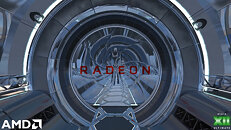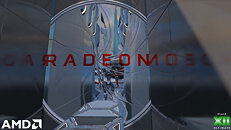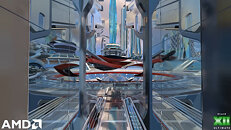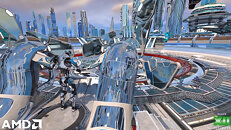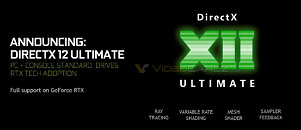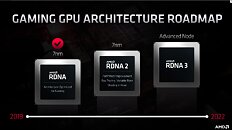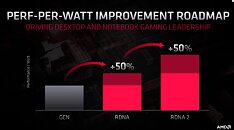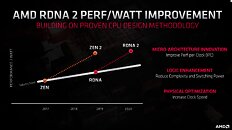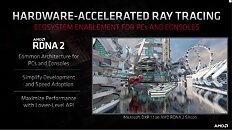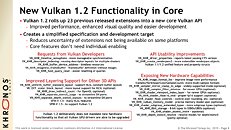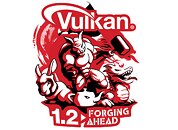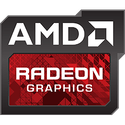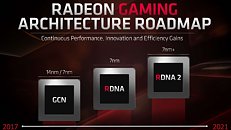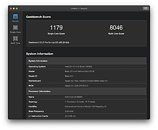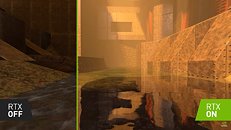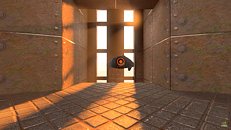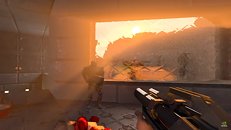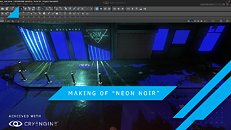
AMD RDNA 2 GPUs to Support the DirectX 12 Ultimate API
AMD today announced in the form of a blog post that its upcoming graphics cards based on RDNA 2 architecture will feature support for Microsoft's latest DirectX 12 Ultimate API. "With this architecture powering both the next generation of AMD Radeon graphics cards and the forthcoming Xbox Series X gaming console, we've been working very closely with Microsoft to help move gaming graphics to a new level of photorealism and smoothness thanks to the four key DirectX 12 Ultimate graphics features -- DirectX Raytracing (DXR), Variable Rate Shading (VRS), Mesh Shaders, and Sampler Feedback." - said AMD in the blog.
Reportedly, Microsoft and AMD have worked closely to enable this feature set and provide the best possible support for RDNA 2 based hardware, meaning that future GPUs and consoles are getting the best possible integration of the new API standard.
Reportedly, Microsoft and AMD have worked closely to enable this feature set and provide the best possible support for RDNA 2 based hardware, meaning that future GPUs and consoles are getting the best possible integration of the new API standard.
